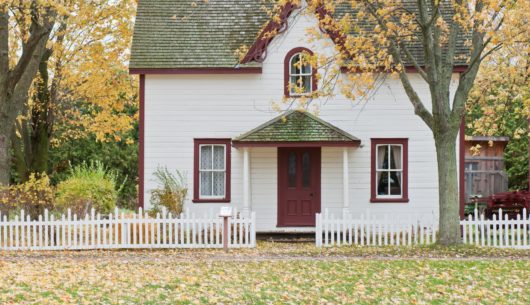Blog
What kind of houses do Poles most often build?
More than half of Poles live in single-family houses. Every year, there are more and more people willing to have their own space with a garden. It turns out that we are more and more open to innovation and advanced technologies, despite the fact that in many aspects we remain faithful to what we know and have been used in the construction industry for many long years. Poles are increasingly aware of the costs and their sources related to the operation of a building. They want to pay lower bills, hoping to increase the comfort of living. The time of building the house is also important for them.
Society’s priorities and trends in building houses are changing, which results not only from the desire to live in a house of a higher standard, but also from observing people. It is not difficult to see that we have more and more opportunities to build houses with low heat demand, which is why more and more energy-efficient and passive houses are being built. This is also conducive to the development of prefabricated houses, which are erected in several times less time than traditional ones.

Fashion for energy-efficient houses
A house whose energy demand is lower than 70 kWh/m²/year can be called energy-efficient. This is currently 20 kWh/m²/year less than in traditional construction. The lower this value, the greater the savings and lower the bills. The prices of energy sources are not constant, we sometimes observe very large fluctuations, which translates into problems with good management of the household budget. An energy-efficient house means lower operating costs. It is made of the highest quality building materials with excellent thermal insulation parameters. In addition, natural raw materials are used, harmless to human health and the environment. In most cases, the heat source is gas stoves with a closed combustion chamber. Recuperators are installed in buildings responsible for heat recovery from the exchanged air.
Passive houses are becoming more and more popular
Passive houses are extremely energy-efficient buildings. Their energy demand for heating is 15 kWh/m²/year. Therefore, it can be easily calculated that during the heating season, we need 15 kWh, or 1.7 m³ of natural gas, to heat one square meter. A passive house requires perfect insulation, thanks to which it does not lose heat, which is retained inside the building. It can be considered to be self-sufficient to some extent. Passive houses are increasingly using alternative energy sources, installing solar panels or obtaining energy from geothermal waters. The parameters of entrance doors and windows are also important, as the heat transfer coefficient must be as low as possible – in the case of windows, it is best if it is about 0.6 W/(m2). K). Such a house is extremely cheap to operate, and higher construction costs pay off very quickly with a large surplus.

Modern prefabricated elements
Passive houses are very often made of prefabricated elements, i.e. ready-made elements produced in factories, assembled on the construction site into a whole like blocks. The construction time is several times shorter than in the case of traditional houses, we measure it not in years, but in weeks! Prefabricated houses are made of the highest quality elements, each of them comes from a factory specializing in a specific field. Ready-made prefabricated walls are characterized by a very good heat transfer coefficient, which ensures effective insulation of the house. Buildings can be erected even on very demanding terrain, they are erected on hills and slopes. The construction plan is clean because there is less work going on it. An important advantage of modular houses is also a long warranty, thanks to which you can always count on help and support in case of any problems.
The expectations of Poles are changing, which can be seen in the trends in building houses. We build more consciously, with a focus on energy efficiency and low operating costs, taking into account high quality materials and short work execution time.
See our projects.